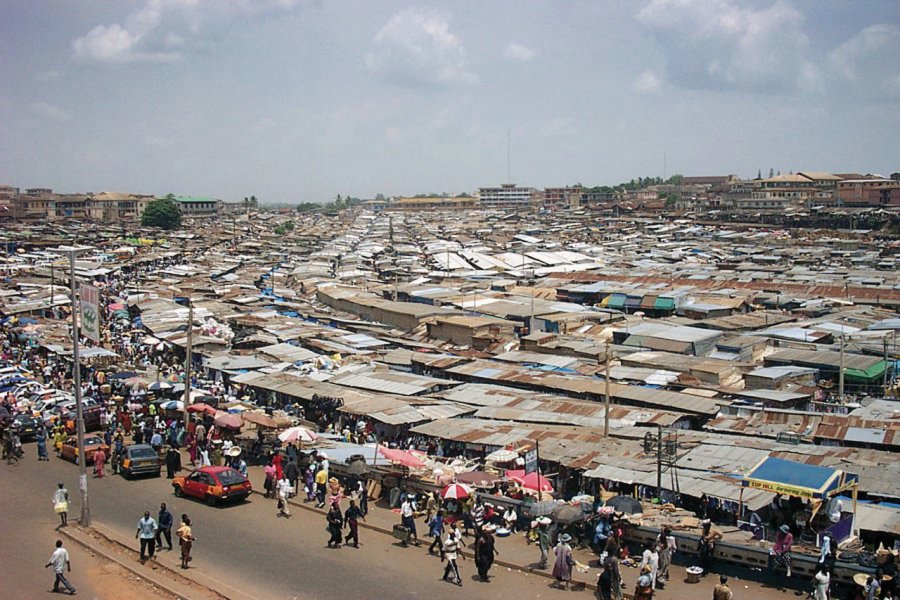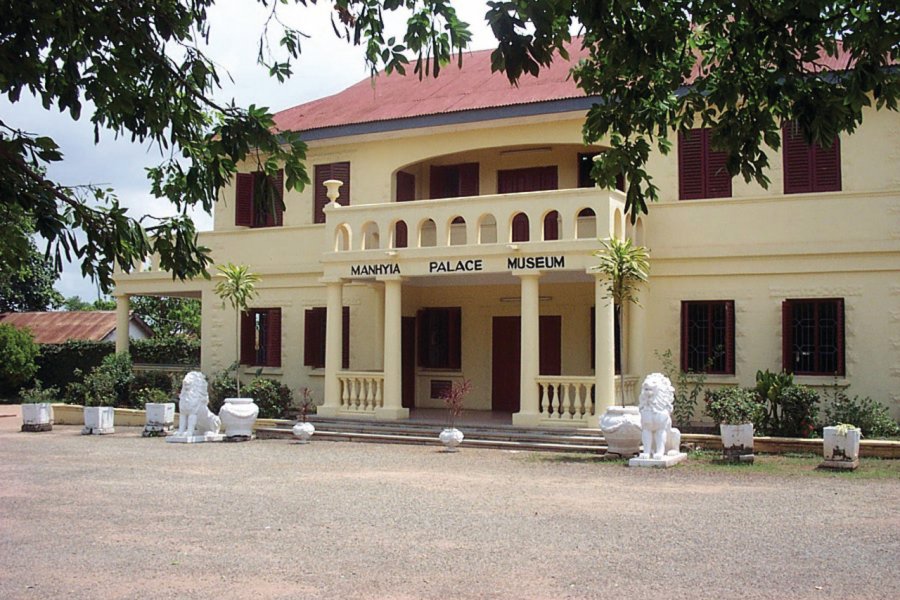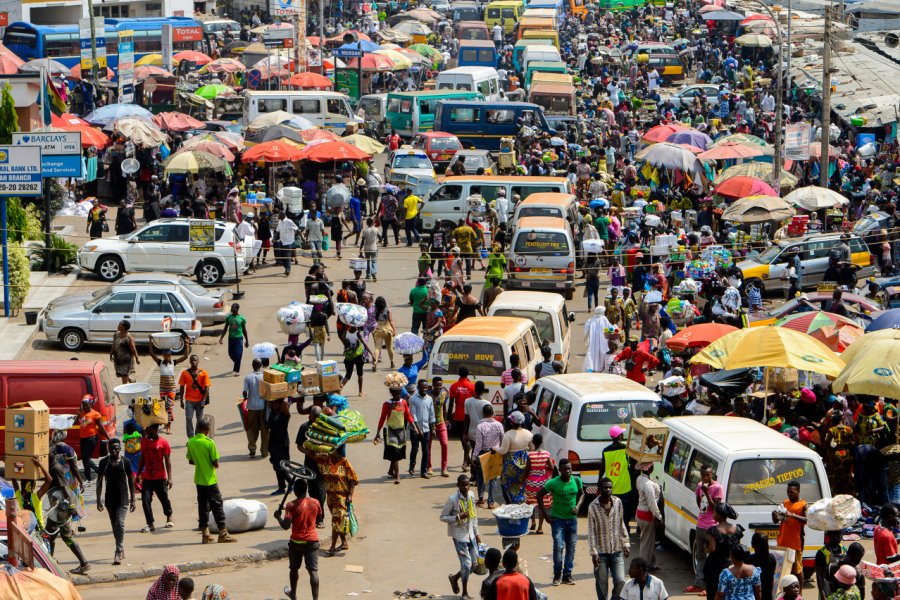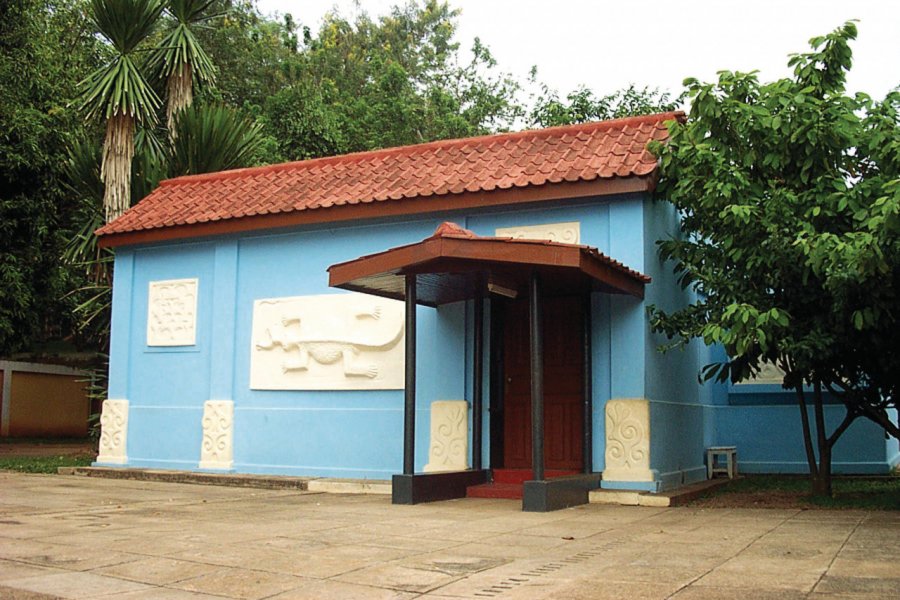Travel Guide Kumasi
Find an accommodation
Advertising
This capital was founded in 1695 by the Asantehene Osei Tutu. Following the Ashanti army's victory over another Akan group, the traditional high priest ordered that two Kuma trees be planted in two different locations on the new land. The place where the tree would grow would, according to the mystic chief's wishes, become the kingdom's capital. So the tree grew in Kumasi (which literally means "under the Kuma tree"). In Kumawu, 53 km away, it did not survive. Hence the name of this town, which in Akan means "the place where the Kuma tree died".Today, Kumasi is still home to the residence of the Asantehene, king of the Ashanti: the Manhyia Palace. The presence of colonial buildings bears witness to fifty years of British colonization. The town is also home to a national cultural center, where objects made in neighboring villages are on display. Other attractions include museums, forts, churches and festivals. Its open-air market is the largest in West Africa. Around Kumasi, you'll find villages specializing in handicrafts, mainly sculpture (Ahwia), pottery (Pankrono) and weaving (adinkra in Ntonso and kente in Bonwire). The city now has a population of almost two million. Today, many Ghanaians are leaving Accra for the Ashanti capital, where life is cheaper and the climate milder.
What to visit Kumasi?
Advertising
Weather at the moment
Advertising
Organize your trip with our partners Kumasi
Transportation
Book your plane tickets
Car Rental
Boat rental
Accommodation & stays
Find a hotel
Holiday rental
Find your campsite
Tailor-made trip
Immersion travel
Services / On site
Activities & visits
Find a doctor
Kumasi travel inspiration
Find unique Stay Offers with our Partners
Pictures and images Kumasi
Other destinations nearby Kumasi
25 km away
100 km away
















